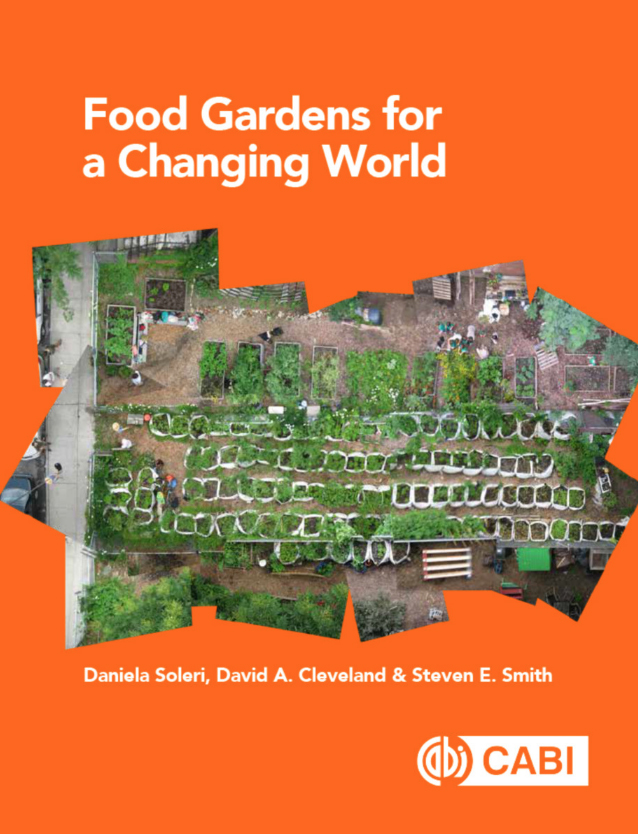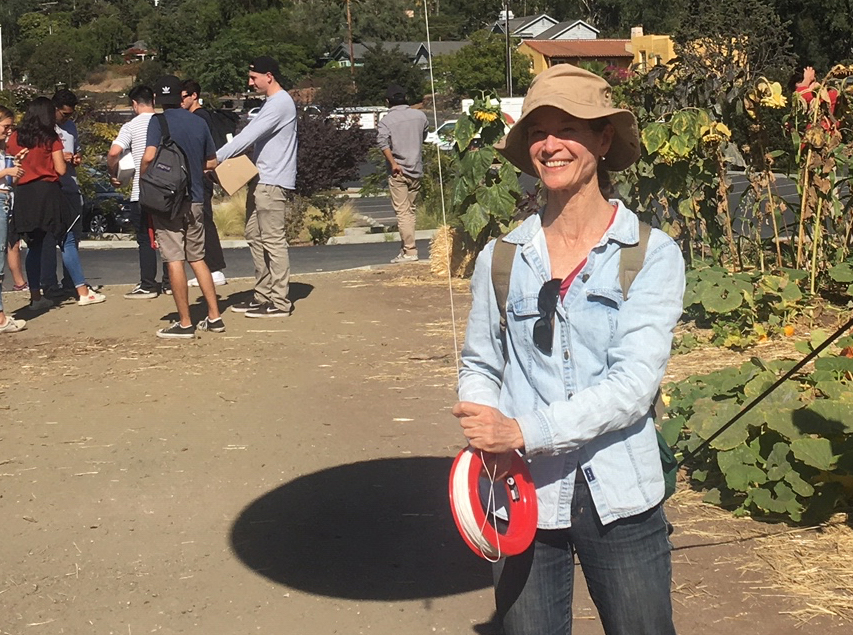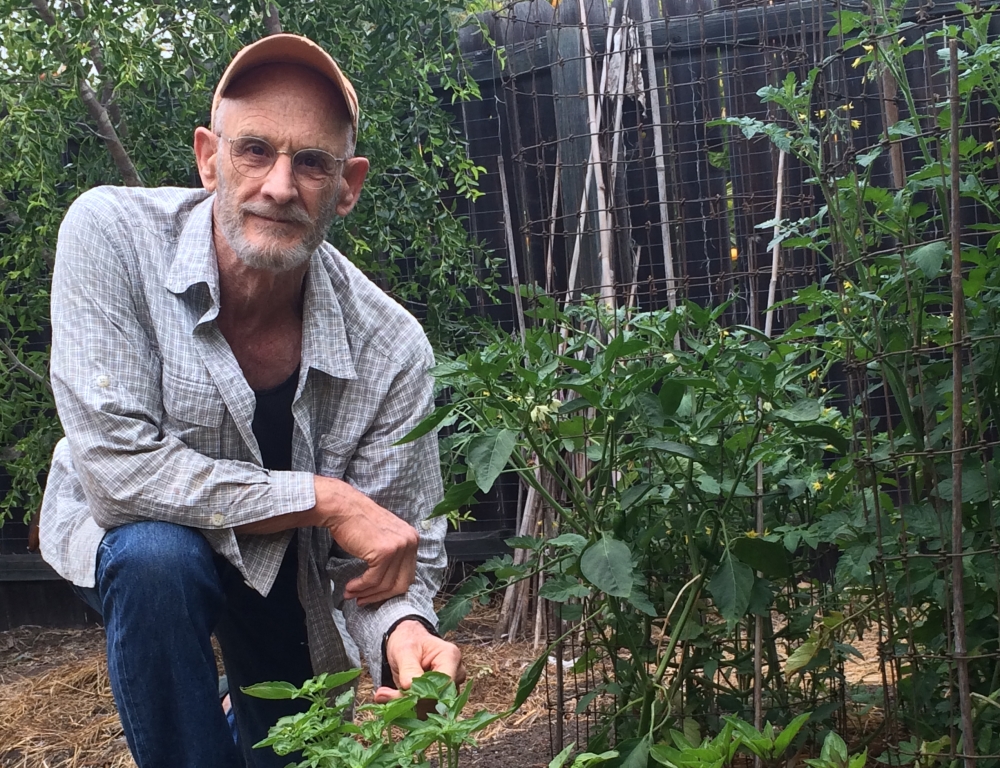
Growing Solutions


If you want to ease food insecurity, foster social bonds, encourage health and wellbeing, protect the environment and maybe even promote equity within the community, you might consider throwing on some gardening gloves and picking up a trowel.
According to UC Santa Barbara’s Daniela Soleri, a research scientist in geography, and David Cleveland, a professor of environmental studies, food gardening is more than a pleasant pastime with healthy results. Taking a more prosocial and ecological approach, they say, can make it a local action with the potential for positive broader outcomes as well.
Though food gardens have played an important role in our food system for millennia, as an area of study they have been neglected by researchers. In the Anthropocene — the most recent, and human-influenced, geologic time period — food gardens are facing a unique set of challenges. There is the existential threat of the climate crisis, but also new conditions resulting from increasing resource scarcity, environmental degradation, noncommunicable diseases, social inequity and other trends.
“Addressing these new conditions often requires new responses, different than the coping strategies gardeners use to deal with familiar variation,” said Soleri, who with Cleveland and University of Arizona professor Steven Smith recently published “Food Gardens for a Changing World,” (CABI Publishing, 2019). The book is a resource for students, instructors, researchers, policymakers and gardeners who want to understand the impact of Anthropocene trends on food gardening, and how to successfully respond to the changes incurred by those trends. It is based on the biological, ecological and social concepts underlying food gardening, rather than the recipe approach found in most gardening books.
“Unlike learning recipes, understanding concepts empowers gardeners to be resilient in responding to new challenges,” Cleveland said. The book offers many examples of such concepts being applied, as well as worked examples for conducting simple garden experiments.
“While climate scientists can confidently predict the broad effects of climate change, no one really knows the details of what it’s going to bring to food gardens in California or elsewhere,” Soleri said. “It’s the same with other trends. For example, no one really knows all the specific consequences that the current, incredible amount of social inequity is going to have for access to resources.”
We know that hotter temperatures and more extreme droughts are in our future in California due to climate change, but we don’t know the details with certainty for particular locations. How will they affect the timing of garden crop development, gardeners’ access to water, the stress of hotter temperatures on gardeners, or the abundance of pests and pollinators?
“We talk in the book about how the most recent USDA Plant Hardiness Zone Map shows a half zone northward shift toward warmer temperatures in over 50% of the continental U.S. compared to the previous map, which is what you would expect with climate change,” Soleri said. While it can’t be said that Mexico’s climate is coming north, she added, “certainly some of the practices and approaches that people have been using for a long time in parts of Mexico or Arizona are becoming much more relevant for us in Southern California.” Among these are the use of low-tech, inexpensive yet effective devices such as shade structures to shield beds from the heat of the sun, and in some cases ollas — ceramic jars (in this case unglazed) buried in the beds to efficiently provide a consistent amount of water to the surrounding root systems.
New Challenges
The new challenges gardeners are facing require a broader approach to food gardening, according to the researchers, one that takes into account the social and biophysical environment beyond the garden’s boundaries. To address this, the book uses a framework of five key ideas based on research in the natural and social sciences:
Ecological thinking: How composting our garden and food waste can minimize the carbon it contains from being turned into methane, a powerful greenhouse gas contributing to climate change
Evolution by selection: Choosing plants of our favorite garden crops so that they continue to be productive as the climate changes
Prosocial behavior: Finding ways to use increasingly scarce water supplies more efficiently in our garden so that today’s gardeners have a fair share, and future generations also have water for their gardens
Social organization: is the best way to minimize greenhouse gas emissions from garden and food waste, composting in the garden, or supporting centralized, community composting?
Knowledge diversity: gardeners know what characteristics are indicative of local adaptation in a crop variety, but how could collaboration with scientists help them select for these more effectively?
“Ecological thinking includes the life cycle of everything that is used and goes through your garden,” Cleveland explained. For instance, composting is largely beneficial, but how can it be done in a way that minimizes the methane production that results from decomposing food and yard waste? Thinking of your garden prosocially as part of local and global communities means comparing composting in your garden to alternatives like municipal, anaerobic composting that also generates electricity and can have much lower greenhouse gas emissions than composing in your household or community garden.
In the same vein, awareness of the biological evolution that occurs as a result of the choices that gardeners make can help them adapt to some of the challenges they face. “Evolution occurs in all living organisms,” Soleri said. “That means garden crops evolving adaptation to new conditions, but it also means the adaptation of pests and other organisms.”
Selecting and saving seeds to create better adapted garden crops is one example of how gardeners are exploring alternative methods more consistent with their prosocial goals, and Soleri noted that’s a more challenging task for the average home gardener who may have neither the time nor space to grow a sufficient number of plants and varieties, much less access to the most useful diversity of seeds. In that case, home, community or school gardens can form networks to increase their access to varietal diversity, as well as provide the effective population size needed to maintain diversity within particular varieties.
Other Benefits
Among the other scientifically documented benefits of gardens detailed in the book: the therapeutic effects of being in nature and of interacting with other gardeners, and the health benefit of physical activity that comes with tending a garden. And then there are the more obvious dividends paid by a food garden — namely, nutritious fruits and vegetables, especially important for combatting diet related illnesses like diabetes and heart disease.
Soleri and Cleveland emphasized the importance of going beyond individual gardens, to think in terms of local to global environments and communities. “Gardens have been an important human strategy for millennia,” Cleveland said, “And in the Anthropocene they can be even more important.”



